You are here
Thu, 2011-05-12 22:48 — mdmcdonald
The Deep Water Horizon Working Group is focused on studying and mitigating the negative impacts of the Deep Water Horizon accident.
The mission of the Deep Water Horizon Working Group is study and mitigate the negative impacts of the Deep Water Horizon accident.
Add Content to this group
Members
| Kathy Gilbeaux | mdmcdonald |
Email address for group
deep-water-horizon@m.resiliencesystem.org




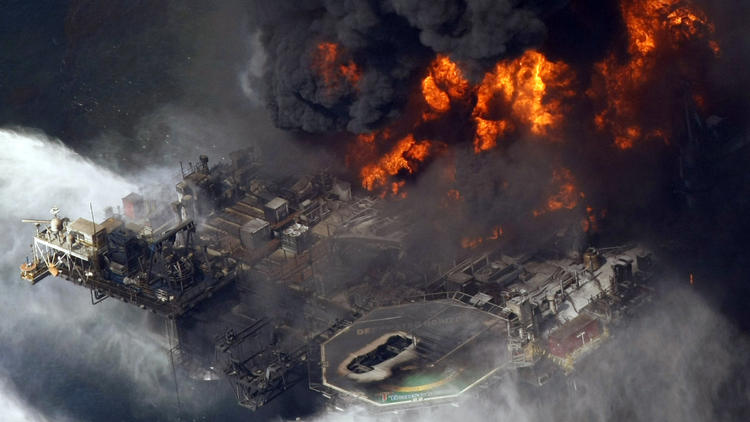
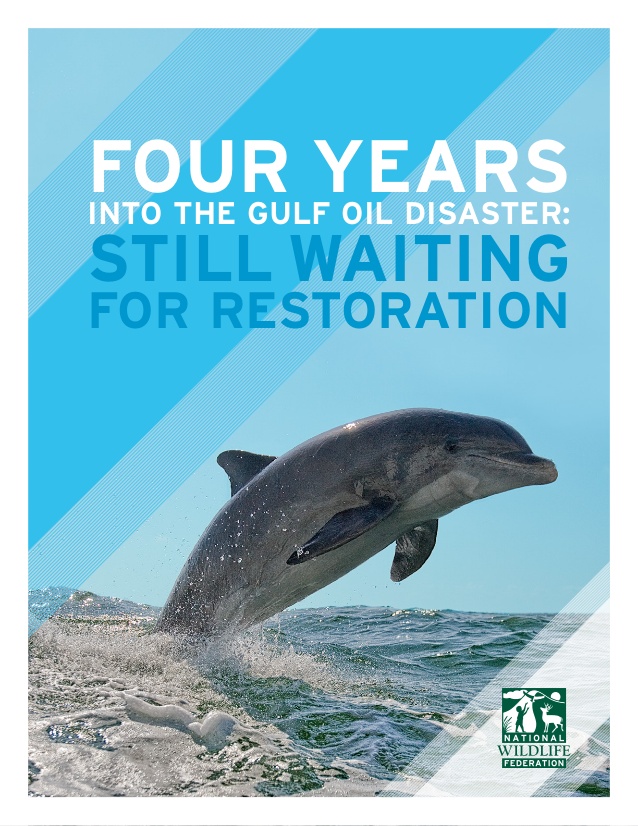 nwf.org
nwf.org
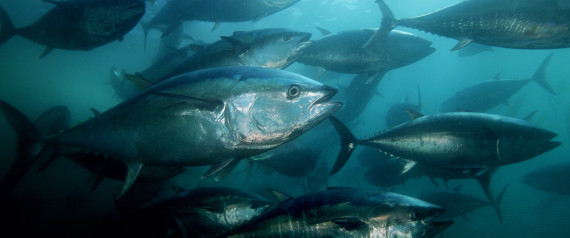
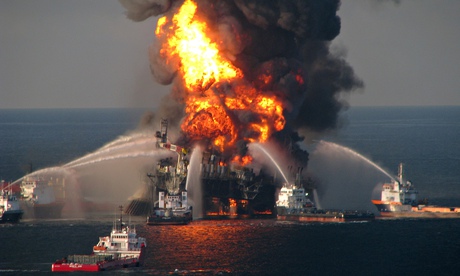
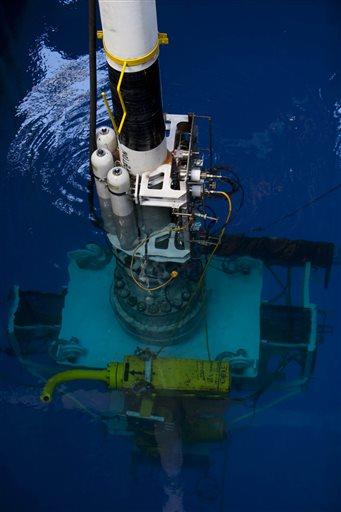 FILE- In this July 11, 2010, file photo, provided by BP, workers onboard the Transocean Discoverer Inspiration deploy the 3 Ram Capping Stack to the Deepwater Horizon BOP in the Gulf of Mexico. Experts for BP and the federal government used the data from the gauges in calculating how much how much oil spilled into the Gulf during the 87 days it took to plug the well. But they will provide a judge with widely different estimates when the second phase of a trial resumes Monday, Oct. 7, 2013, for litigation spawned by the spill. (AP Photo/BP, Marc Morrison, File)
FILE- In this July 11, 2010, file photo, provided by BP, workers onboard the Transocean Discoverer Inspiration deploy the 3 Ram Capping Stack to the Deepwater Horizon BOP in the Gulf of Mexico. Experts for BP and the federal government used the data from the gauges in calculating how much how much oil spilled into the Gulf during the 87 days it took to plug the well. But they will provide a judge with widely different estimates when the second phase of a trial resumes Monday, Oct. 7, 2013, for litigation spawned by the spill. (AP Photo/BP, Marc Morrison, File) nmfs.noaa.gov - July 28, 2013
nmfs.noaa.gov - July 28, 2013
Recent Comments